Method Development System - Applications
Develop Analysis Methods with Higher Reliability More Efficiently

Most of the documents on the LITERATURE is available in PDF format. You will need Adobe Acrobat Reader to open and read PDF documents. If you do not already have Acrobat Reader, you can download it free at the Adobe's Website. Click the GET ADOBE READER icon on the left to download a free copy of Adobe Acrobat Reader.
Productivity Improvements for Method Scouting Process
When looking for the optimum mobile phase, column, and gradient conditions for a simultaneous analysis of multiple components, it is more efficient to break down the process into a number of steps. In the example shown below, simultaneous analysis conditions for a 13-component mixture of cephem antibiotics are determined by first narrowing down the mobile phase and column to items that are suited to the type of analysis (STEP 1) then optimizing the gradient conditions (STEP 2). This sequence of steps allows for efficient method scouting with reduced mobile phase consumption.
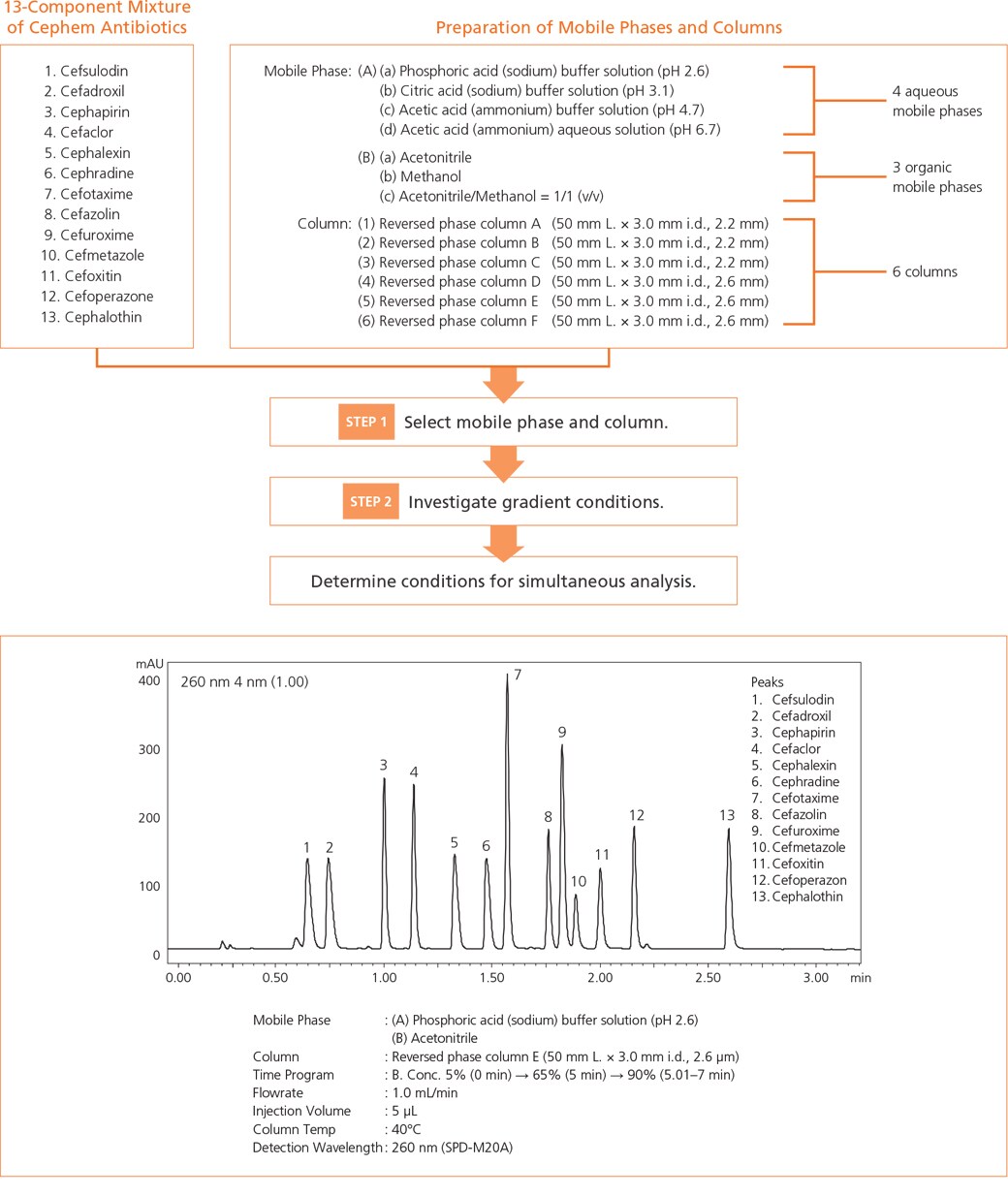
Labor-Saving Mobile Phase Blending
Method development for HPLC requires the selection of mobile phases and columns that are suited to the type of analysis. Mobile phase optimization has a particularly large in uence on separation, and is therefore treated as important. However, mobile phase optimization requires the examination of a wide variety of parameters, including salt concentration, pH, and proportions of organic solvents. Because of this, mobile phase optimization commonly requires substantial time, effort, and skill. Nexera Method Scouting System has a mobile phase blending function that adjusts salt concentration, pH, and proportions of organic solvent online from multiple solvents that have been prepared in advance, and is quickly able to nd conditions suited to a given type of analysis. This function can not only reduce considerably the time required to prepare and investigate mobile phases, it can also reduce solvent consumption.

Water, aqueous phosphoric acid solution, and aqueous disodium hydrogen phosphate solution are connected to solvent delivery unit A, and the pH and salt concentration can be adjusted at will by changing the mixing ratio.
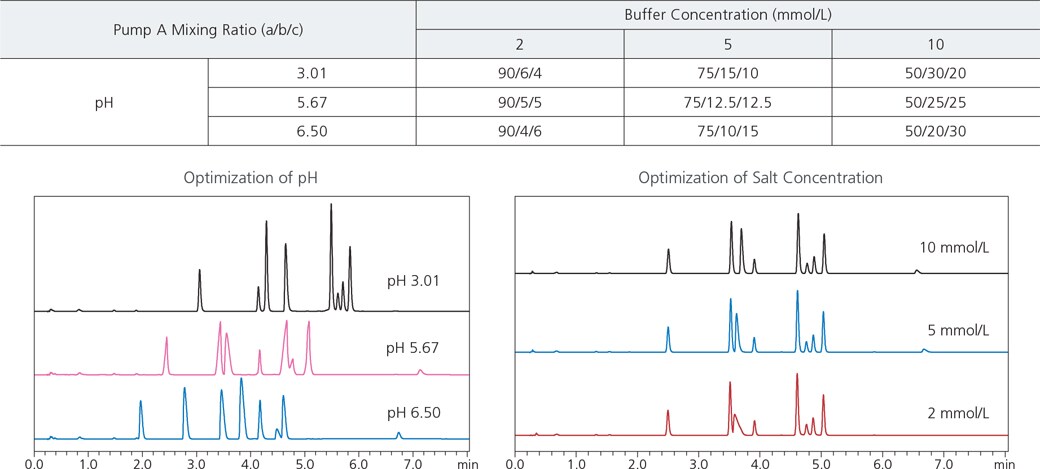
In reversed-phase chromatography, the type of organic solvent used affects retention behavior and peak shape. When a single organic solvent is used and a component cannot be separated or there is a desire to improve peak shape, mixing more than one organic solvent can resolve the problem.
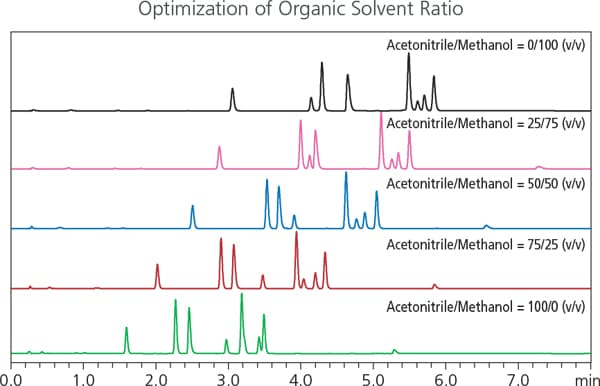
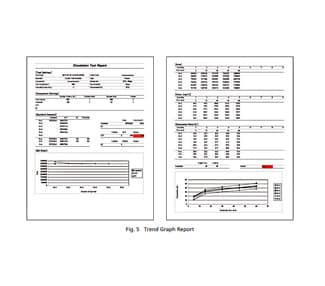
Improving Efficiency in the Preparation of Test Reports for Chemistry, Manufacturing, and Control (CMC) Using Multi Data Report
In order to demonstrate the quality of pharmaceutical products, pharmaceutical manufacturers must perform process studies into the active pharmaceutical ingredients (API) and studies into the pharmaceutical preparation process, and quality assessment for both of these as part of their chemistry, manufacturing, and control (CMC) activities. HPLC is used widely in such investigations for reaction tracing and impurity identification in API process studies, uniformity testing, and dissolution testing in pharmaceutical preparation development studies, and for analytical method validation in assay development for quality assessment studies. The results of these studies must be tabulated according to the objectives and summarized in reports. It is often the case that these results are copied into Excel or similar software before a report is created.
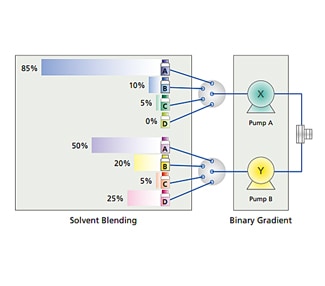
Ultra Fast Method Scouting (2) - Maximizing the Efficiency of Method Development
Due to the large amounts of time required for determining analytical conditions (method scouting), users are looking for ways to minimize the time required for method scouting. This report describes an example of using a Nexera Method Scouting system in combination with dedicated method scouting software to determine analytical conditions for simultaneous analysis of nine types of sulfa drugs. The dedicated method scouting software, Method Scouting Solution, is able to use the multi-data report functionality in LabSolutions DB/CS software to rapidly and optimal analytical conditions from huge amounts of analytical results. Therefore, this report also describes the multi-data report function.
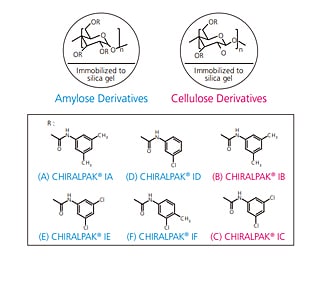
Rapid Method Scouting of Chiral Compounds
Enantiomer resolution by chiral column chromatography is a variation of column chromatography that is actively being researched in the pharmaceutical field of drug discovery. One drawback of this method, however, is the extensive time and effort required to determine the optimum mobile phase conditions and the most suitable column for separation of the analyte among a wide variety of available chiral columns. This has spurred the demand for faster scouting of chiral separation conditions. Here, using the Nexera Method Scouting system with the iChiral-6 polysaccharide-based columns (Daicel Corporation), we report an example in which high-resolution column conditions are constructed for analysis of chiral compounds.


